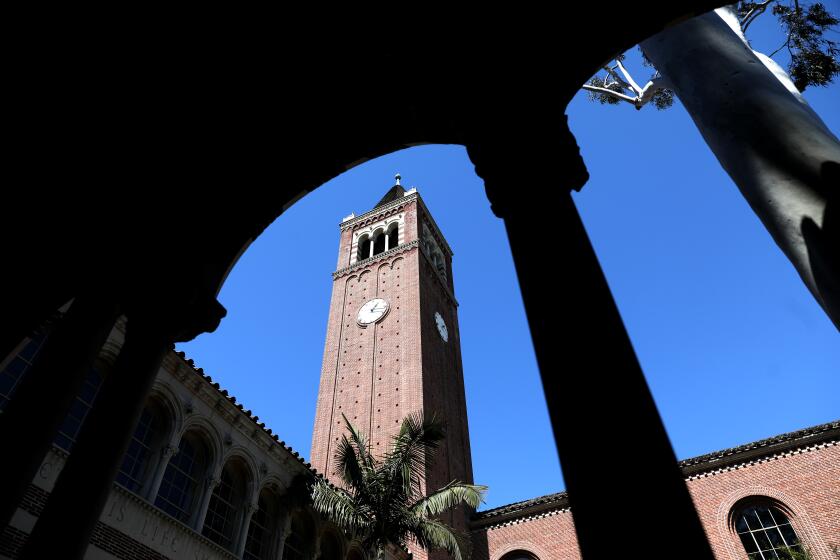As an international student at the University of Southern California (USC), Kevin Lu faced a crucial decision regarding his winter break plans. After spending a year away from his hometown of Shenzhen, China, he initially looked forward to returning home to reunite with his family. However, as the date of President-elect Donald Trump’s inauguration approached, Lu opted to remain in Los Angeles due to the political climate surrounding international students. His concerns centered on Trump’s aggressive rhetoric towards China and his previous visa restrictions deemed by many as discriminatory. The uncertain future regarding immigration and travel made Lu, a finance major, wary of potential risks, prompting him to prioritize safety during a vulnerable political transition.
Lu’s situation reflects a broader trend at USC, where over 25% of the student body consists of international students. Many face uncertainty and anxiety about the incoming administration, which has signaled mixed commitments concerning foreign students and workers. The university’s Office of International Services issued advisories urging students to avoid travel outside the U.S. in the precarious period before the spring semester begins. These warnings stem from historical precedents where new administrations implemented sudden changes in immigration policies that could disproportionately impact international students, instigating feelings of instability and concern for those studying in the United States.
The anxieties faced by students like Lu were echoed by the experiences of international students throughout Trump’s first term, marked by travel bans affecting several Muslim-majority countries. The Supreme Court ultimately upheld these bans, raising fears that similar restrictive measures could emerge again, particularly given Trump’s reiterated commitment to imposing new travel restrictions on countries such as Gaza, Syria, Somalia, and Yemen. While Trump also promised to reward foreign graduates from U.S. universities with green cards, his administration’s inclination towards vetting and limiting this group could leave many students questioning their future job prospects in America, creating a dual narrative of hope mingled with fear.
Pragya Bhatt, another USC student from India, reflected on the apprehension surrounding her own situation amidst broader sentiments of unease. Although confident in her visa status and intent to return to Los Angeles by the university’s deadline, the advisory heightened her concerns regarding the overall climate towards international individuals. As students navigate these academic and personal dilemmas, many, like Bhatt, are also beginning to contemplate their long-term plans, particularly whether to remain in the U.S. after graduation or explore opportunities elsewhere.
Meanwhile, professors such as Niels W. Frenzen, a lawyer at USC, reported an uptick in inquiries from international students about their immigration status, indicative of their growing unease. The fear surrounding travel difficulties notably does not solely apply to those with student visas but also extends to undocumented students and individuals under DACA (Deferred Action for Childhood Arrivals). The complexities of U.S. immigration law and potential new restrictions during Trump’s presidency leave many feeling particularly anxious about their futures.
Conversely, students from allied nations like South Korea and Australia often exhibit more confidence in their prospects. Jihwan Lee and Annabelle Layt shared relatively lower levels of concern, citing their home countries’ strong ties with the U.S. and familiarity with visa processes as reassuring factors. Layt, for example, has strategically chosen to forgo travel home to avoid uncertainty and potential complications. While some students remain optimistic, the overarching feeling at USC points toward a collective anxiety over future immigration policies that could drastically shift the landscape for international students once again, leaving many to grapple with their decisions in an increasingly unpredictable environment.

